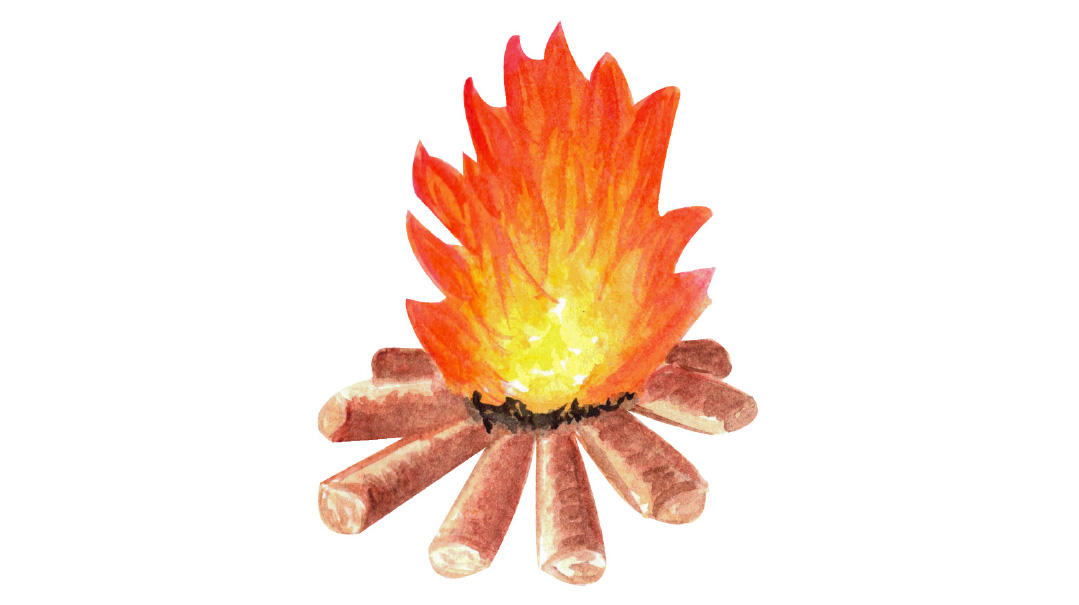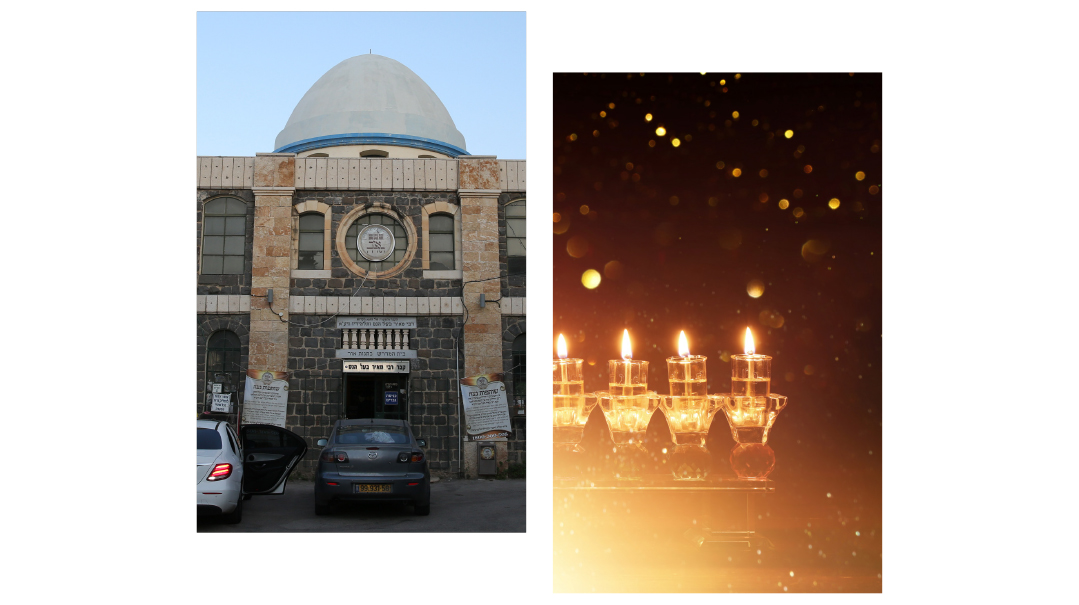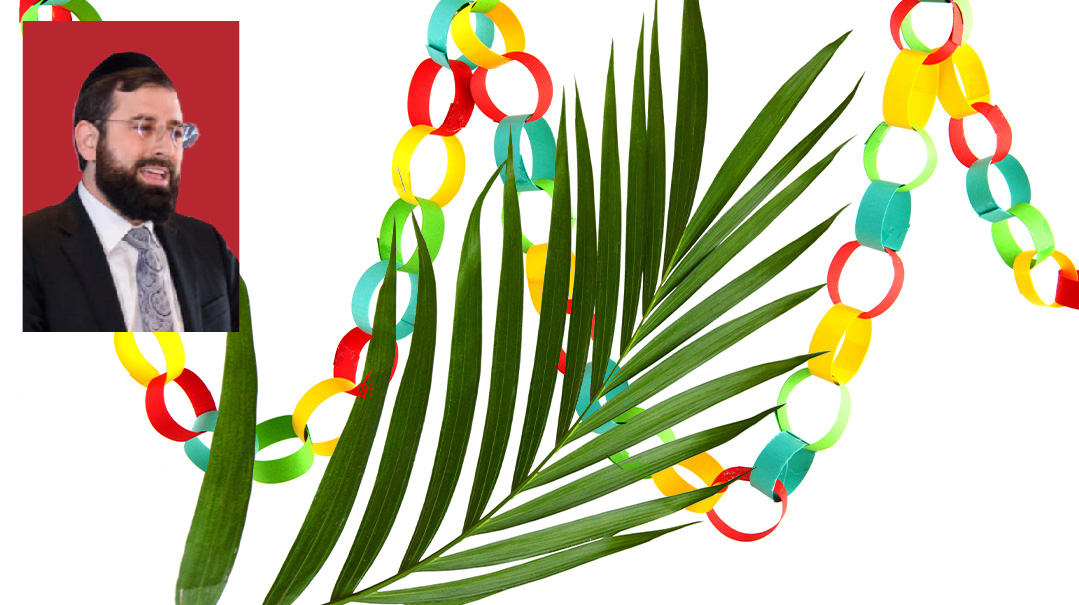Worth Waiting
| November 21, 2023When should we yearn for the Geulah? Right now. Because it is surely coming soon

The Gemara (Shabbos 31a) tells us that when one’s soul arrives before the Heavenly court, it will be asked six questions, one of which is “Tzipisa l’yeshuah?” Did you yearn for the final Geulah?
Although Tzipisa l’yeshuah doesn’t appear as an explicit commandment in the Torah, our chachamim teach that it’s a pursuit afforded tremendous significance. Great tzaddikim excelled in living with this ideal. Although this may seem like a difficult level to attain, let us try to bring it within reach.
Tzipiyah l’yeshuah is ever relevant, but we can identify specific junctures in time when it becomes a particularly poignant focus.
1
Each day in davening, we offer multiple supplications for the Geulah. Perhaps the most explicit are the brachos in Shemoneh Esreh of “Binyan Yerushalayim,” followed by “Malchus Beis Dovid.” In the former brachah, starting with “V’liYerushalayim ircha,” we beseech Hashem for the restoration of “Kisei Dovid, the Throne of Dovid.” The Arizal (Shaar Hakavanos) explains that this refers to Mashiach ben Yosef, whose arrival predates and lays the foundation for Mashiach ben Dovid. Thus, he is referred to as the “Throne of Dovid”; just as a throne serves as a base from which the king’s glory can emanate, so, too, Mashiach ben Yosef sets the stage for the magnificence and grandeur of Mashiach ben Dovid.
Following this brachah, we move on to “Es tzemach Dovid,” which is a direct request for Mashiach ben Dovid. There, we say “ki lishuas’cha kivinu kol hayom — for Your salvation we yearn all day.” While saying these words, says the Arizal, we should focus on truly yearning for the Geulah.
2
One of the most beautiful tefillos in our liturgy is the Lecha Dodi that we sing on Friday nights, authored by Rav Shlomo Alkabetz. But if one takes a close look at the words, he’ll notice something curious. Out of the nine stanzas, only three (the first two and the last) refer to Shabbos. The other six are all expressions of yearning for Yerushalayim and the Beis Hamikdash. Why do we express such longing for the Beis Hamikdash at the onset of Shabbos?
Rav Moshe Shapira explains this based on the Gemara in Taanis (30b) that teaches that both Batei Mikdash were destroyed on Motzaei Shabbos. The depth behind this, says Rav Shapira, is that if the Churban Beis Hamikdash is only possible when moving away from Shabbos, then so long as we’re moving toward Shabbos, there’s no possibility for churban.
Shabbos is a temporal manifestation of the very sanctity inherent in the Beis Hamikdash; in a world of Shabbos, the Beis Hamikdash is a de facto reality. However, Motzaei Shabbos is a time that marks the departure from Shabbos. Only then is Churban Beis Hamikdash a possibility.
Says Rav Shapira, what is true of Motzaei Shabbos is inversely true of Kabbalas Shabbos. The departure of Shabbos signifies destruction of the Beis Hamikdash; the onset of Shabbos signifies the rebuilding of the Beis Hamikdash. In the special moments of Kabbalas Shabbos, we focus on the Beis Hamikdash, whose kedushah becomes that much more tangible as we enter the holiest day of the week.
Thus, the recitation of Lecha Dodi is an opportune time to focus on tzipiyah l’yeshuah, as we become more cognizant of our soul’s inner pining for a true connection with the Shechinah and all the spiritual treasures that will come along with it.
3
Although we mentioned that the mitzvah of tzipiyah l’yeshuah is not written explicitly anywhere in the Torah, the Sefer Mitzvos Hakatan (Smak) writes that the first of the Ten Commandments, “Anochi Hashem Elokecha asher hotzeisicha mei’eretz Mitzrayim — I am Hashem your G-d Who took you out the land of Mitzrayim” includes the commandment to hope for the Final Redemption.
Let’s combine this Smak with the words of the Ramban at the end of parshas Bo, where he points out how many mitzvos commemorate Yetzias Mitzrayim, including tefillin, mezuzah, Shabbos, Kiddush, Pesach, and so on. The Ramban explains that the story of Yetzias Mitzrayim was testament to the fundamentals of emunah. Thus, life as a Jew is replete with reminders of Yetzias Mitzrayim in order to constantly inculcate the basic tenets of emunah.
If we spotlight this Ramban with the Smak’s assertion that yearning for Mashiach is part of the mitzvah of remembering Yetzias Mitzrayim, it would emerge that multiple times each day we are presented with the opportunity to be metzapeh l’yeshuah. Each time we don our tefillin, recite Krias Shema, or sit down to our Pesach Seder, it’s a moment to pause and reflect on our deep thirst for the Geulah and the glorious era it will usher in.
4
The fourth juncture in time to yearn for Mashiach is right now. The current events need no elaboration. We are suffering terribly under the hands of our nemesis and cousin, Yishmael. This was all foretold many, many years ago. Rav Chaim Vital, in his sefer Eitz Hadaas Tov on Tehillim, writes that following the fourth galus, Galus Edom, there will be a fifth galus, “Galus Yishmael.” Thus, as we watch all that is transpiring in Eretz Yisrael, as painful as it is, we should not forget the mission of being metzapeh l’yeshuah. Now more than ever, we should hope for Mashiach’s pending arrival.
In Birchos Krias Shema, we find the term, “Ahavah rabbah ahavtanu — with great love You have loved us.” Rav Schwab writes that the term “ahavah rabbah,” often translated as “abundant love,” should actually be interpreted as “ever-increasing love.” With each passing day, Hashem’s love for us grows. Thus, as the years stretch on, so many centuries since we were redeemed from Egypt and stood at Har Sinai, Hashem loves us more than ever before. Surely, this means that the time for the final Geulah is more ripe than ever.
When should we yearn for the Geulah? Right now. Because it is surely coming soon.
Rabbi Daniel Glatstein is the mara d'asra of Kehilas Tiferes Mordechai in Cedarhurst, NY, and author of numerous seforim in Lashon Hakodesh and in English for ArtScroll. He is an international lecturer and maggid shiur. His thousands of recorded shiurim are available on Torahanytime.com, podcast, his website rabbidg.com, and other venues.
(Originally featured in Mishpacha, Issue 987.
Oops! We could not locate your form.







